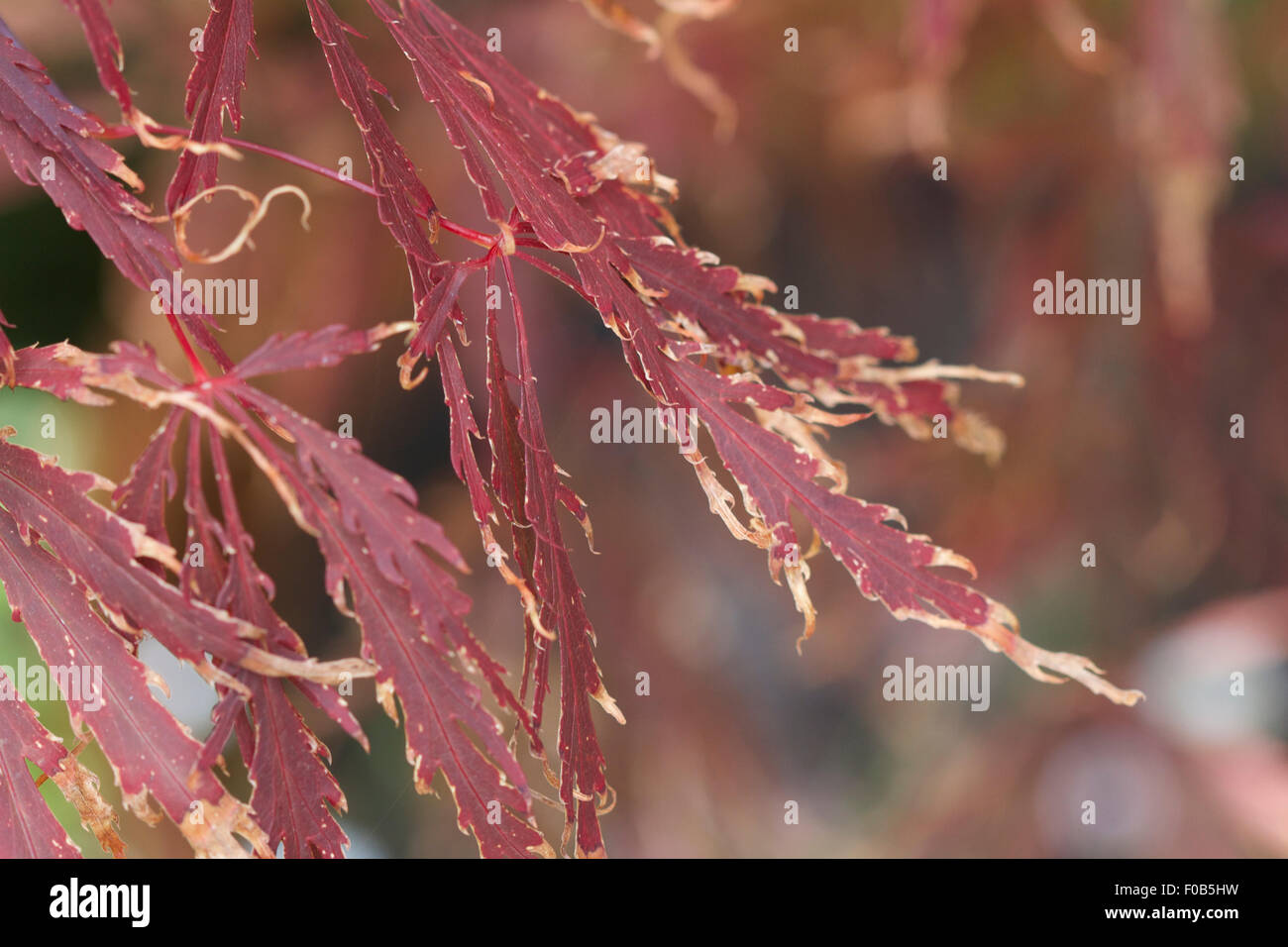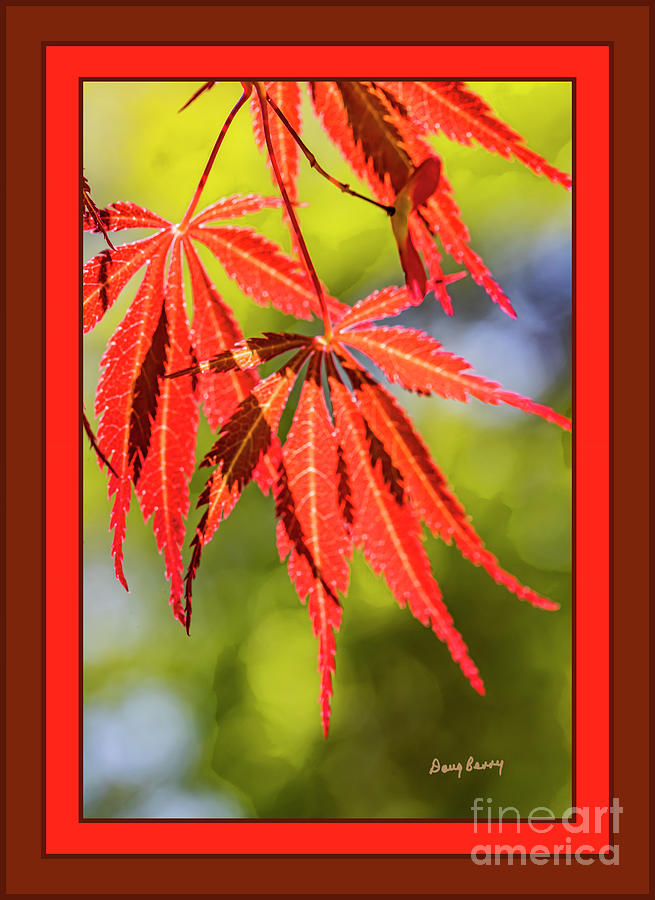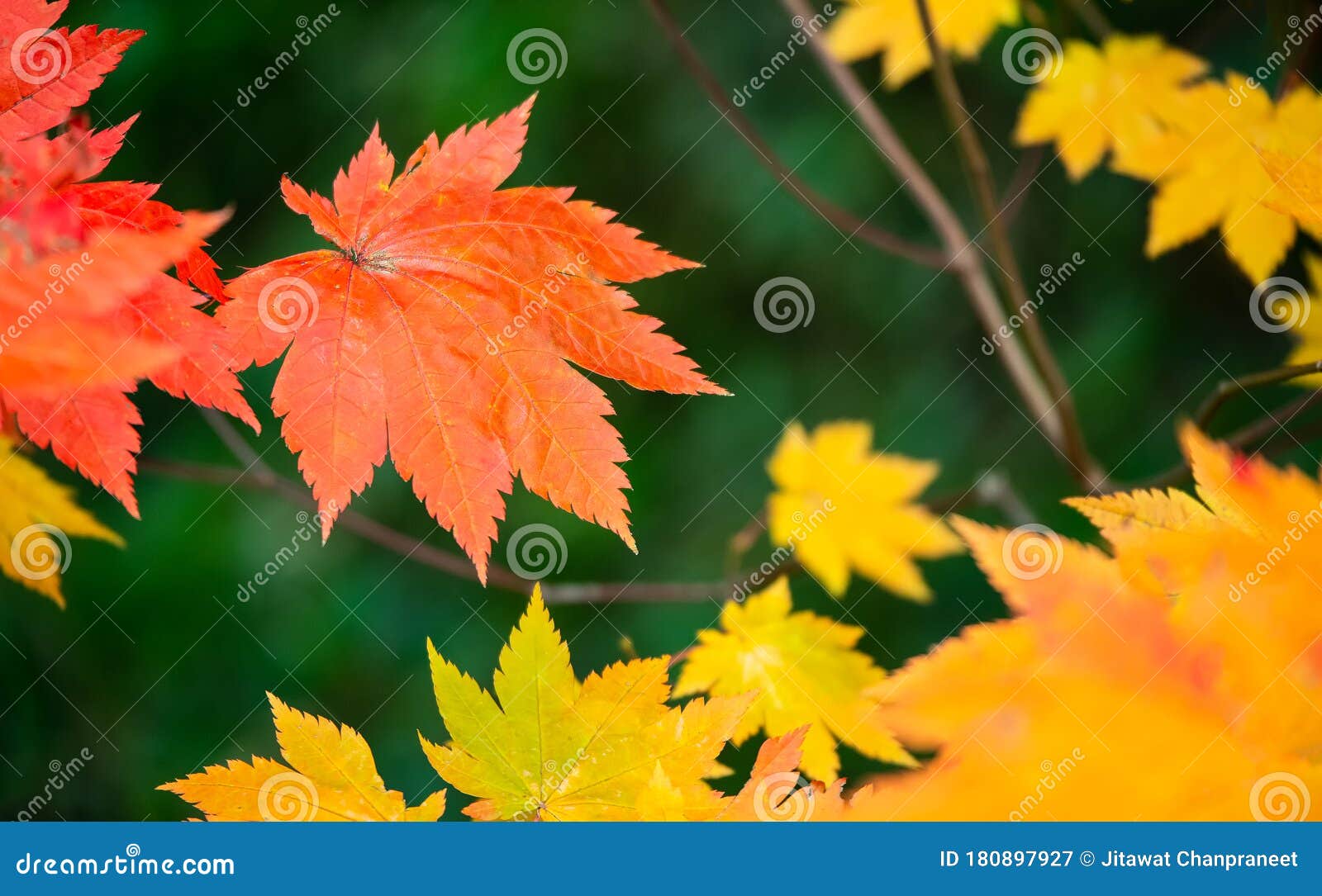

This is a list of both Japanese and non-Japanese kigo. Each section is divided into a standard set of categories, each containing the relevant kigo. Modern saijiki and kiyose are divided into the four seasons and New Year, with some containing a further section for seasonless ( muki) topics. A kiyose is similar, but contains only lists of kigo. An entry in a saijiki usually includes a description of the kigo itself, as well as a list of similar or related words, and a few examples of haiku that include that kigo. Japanese haiku poets often use a saijiki, a book like a dictionary or almanac for kigo. For spring, these would be:Įarly spring: 4 February – 5 March (February・First lunar month) Mid-spring: 6 March – 4 April (March・Second lunar month) Late spring: 5 April – 5 May (April・Third lunar month) Saijiki and kiyose Spring: 4 February – 5 May Summer: 6 May – 7 August Autumn: 8 August – 6 November Winter: 7 November – 3 Februaryįor kigo, each season is then divided into early (初), mid- (仲), and late (晩) periods. The traditional and contemporary months are approximately one month apart from each other, with the traditional New Year falling between late January and early February. Until 1873, in the Japanese calendar, seasons traditionally followed the lunisolar calendar with the solstices and equinoxes at the middle of a season. 3.3.4 late spring (April・Third lunar month).3.3.3 mid-spring (March・Second lunar month).3.3.2 early spring (February・First lunar month).3.2.4 late spring (April・Third lunar month).3.2.3 mid-spring (March・Second lunar month).3.2.2 early spring (February・First lunar month).3.1.4 late spring (April・Third lunar month).

3.1.3 mid-spring (March・Second lunar month).3.1.2 early spring (February・First lunar month).Thanks for reading and I hope these words help. If you have any other you’d like to add, please feel to post away in the comments section below. Let’s do a quick brush up on the four season names, too, because they’re pretty important and they’re related. Flood– Kosui (こうすい or 洪水) Same word but different kanji. Precipitation or Rainfall-Kosui (こうすい or 降水)Ģ4. Accumulate– Tsumoru- (つもる or 積もるYou can use this when you talk about snow accumulating on the ground.Ģ3. Tornado– Tatsumaki- (たつまき or 竜巻) Just think Street Fighter 2, Ryu and Ken 🙂Ģ2. Typhoon– Taifu (たいふ or 台風) This term can be used for both typhoons and hurricanes.Ģ1. Lightning– Inazuma (いざぬま or 稲妻) Refers to a flash of lightning, but kaminari is the more common term I think.Ģ0. Thunder– Kaminari (かみなり or 雷) Generally this word is used to refer to both thunder and lightning.ġ8. Hot– Atsui(あつい or 暑い) Just remember that the kaji used for hot (weather) and hot (objects) are different.ġ7. Here we go: 25 Japanese Weather Words & Terms (Tenki 天気)Ħ. I think weather is definitely one of the important basics. So I’m trying to take some time to go back and hit some of the old grammar concepts and vocab. I think part of being able to do that is having a strong command of the basics, the foundational Japanese.

For some reason, today, I was looking out the window trying to think of all the Japanese weather words I know, and instead of just sitting and thinking about them, I figured “Why not write a post about it?” Lately I’ve been really interested in trying to make some noticeable changes in how well I am able to express exactly what I’m thinking. It’s not really one of those rainy days that gets you down, it’s just one of those chill in the house and relax type of rainy days.


 0 kommentar(er)
0 kommentar(er)
